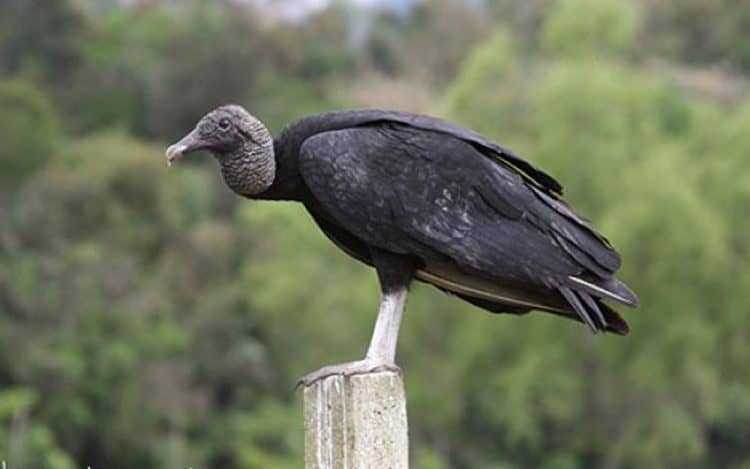

This genuinely mysterious movie was professionally directed by Alejandro Ibañez who pays tribute to his father Narciso Ibañez Serrador, though being an inferior rendition to his classic movie. The picture benefits itself from impressive location in Manaos, Brazil, and Amazons, including spectacular aerial vistas.
#Foto urubu series
Furthermore, special appearance from Jose Carabias, a sympathetic comical actor with long career from the Sixties, and usual performer of Narciso Ibañez Serrador's series : 1, 2, 3 Responda otra vez. The cast gives passable acting, though really unknown, stars Carlos Urrutia, an ordinary secondary actor and Clarice Alves' first feature film, while director/actor Alejandro Ibañez plays the boat captain. It is a terror movie with creepy events, shocking scenes and lots of violence with disagreeable images. In fact, the film produced by Peña Ibañez, is dedicated to their beloved father Ibañez Serrador. This is a peculiar rendition about a famous 1976 film by Narciso Ibañez Serrador, made by his son Alejandro Ibañez. A frightening movie packing chills, thrills, tension and grisly killings. Then their daughter disappears and things go wrong when occurs several astonishing murders with gruesome and bloody executions. His obsession drags his wife and daughter to the dangerous rainforest. Tomas attempts to find the albino Urubu throughout the deep Amazons. Set in Manaos, it deals with a marriage formed by Tomás : Carlos Urrurtia, his Brazilian wife : Clarice Alves and daughter. This is a version about the relevant cult movie : ? Quien puede matar a un niño ? Or Would you kill a child ?. Instituto Brasileiro de Geografia e Estatística (IBGE).

Estimativas de População, Instituto Brasileiro de Geografia e Estatística (IBGE). ^ "Estimativas da população para 1º de julho de 2009" (PDF) (in Portuguese).

Divisão Territorial do Brasil e Limites Territoriais. ^ a b "Divisão Territorial do Brasil".The diagram below show the cities 40 km near Uruburetama. It is located in the coastal region of the state, with a distance of about 111 km, in line straight from the state capital Fortaleza. At the time, the council was made up of districts: Uruburetama (headquarters), Curu (now São Luís do Curu), Natavidade ( Cemoaba), Riachuelo (now Umirim) and Tururu, all independent today.Ĭurrently the municipality consists of the districts Uruburetama, Santa Luzia, Itacolomy, Retiro, Severino, Canto Escuro, Bananal and Tamboatá. However, the name was replaced by Uruburetama in 1938. The village was elevated to city status under the name of Arraial in 1931, under the State Decree 262 of 28 July 1931. On July 28, 1899, through Law 526, the village was restored with the name of St. But the following year, by court term, the council was dissolved and attached to the municipalities of San Francisco (now Itapajé) and Itapipoca. On 1 August 1890, Decree 34 the settlement was elevated to town with the toponym of St. In 1878, the Fathers João Francisco Dias Nogueira and José Tomaz Albuquerque concluded the current main church thanks to donations from the people. In 1761 came the first time, the toponym "Sítio Arraial" (Ranch Hamlet), in a document that Father Estevão reverted the land to its donors, reserving for himself only a quarter of a league. These lands were donated to the Father Estevão Velho Cabral de Melo for priestly heritage by Manuel Pereira Pinto, a lieutenant colonel, who received the inheritance of the Captain General Bento Coelho de Morais, his father in law. The municipality is located in the former 'sesmaria' (colonial land allotment) granted to the Captain General Bento Coelho de Morais on November 19, 1720. "Uruburetama" is a word derived from the Tupi-Guaraní language which means "land of the crows," by combining the terms uru'bu (crow, vulture) and retama (land).


 0 kommentar(er)
0 kommentar(er)
